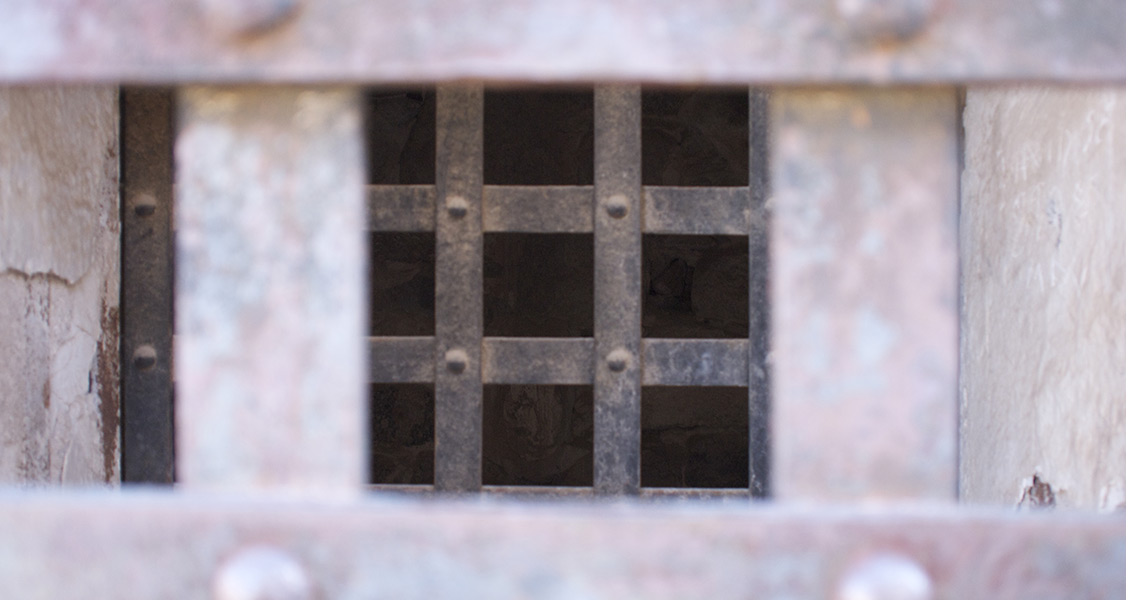<![CDATA[Bones from the toes, knee, heel and rib of a prisoner executed in 1933 have been uncovered on the property of a jailhouse located in Windsor, Ontario. An archaeology expert from Infrastructure Ontario (IO) made the discovery this week at the old Windsor Jail during some due diligence work being undertaken on the property, according to a press release from IO spokesman Ian McConachie. The organization’s archaeological consultant had been conducting an assessment of the old jail when the skeletal human remains were found, McConachie added. Built to replace the Essex County Jail after it was destroyed by fire, Windsor Jail was constructed in 1925, making it the fifth such detention facility for Windsor area inmates built in the region since 1796. Ringed by 20-foot high cement walls, the 35,000 square foot lockup featured a third-floor hallway complete with gallows. After the abolition of capital punishment in Canada in 1976, officials had the trap door of the gallows welded shut instead of removing it completely. The jail, which had earned a reputation for deplorable living conditions and overcrowding, eventually closed its doors in August of 2014. The newly-constructed South West Detention Centre became the home of any inmates formerly serving time at the Brock Street facility. After the jail closed, it began to be decommissioned at the behest of the Ministry of Community Safety and Correctional Services, with security features such as locks on the cell doors being removed. The ministry remarked that the eventual fate of the building would be determined by IO, when the government agency would begin negotiations for how the structure would be used in the future. Work crews from IO were present on site when the remains were discovered. According to McConachie’s statement, the skeletal fragments were recovered from the jail yard’s southwest corner, a region that had been used as a grave site at one time. The remains had been relocated in 1980, but IO believes that the fragments were left behind when the rest of the body was re-interred at a local cemetery. The exact location of the executed man’s final resting place remain a mystery. The Registrar of Cemeteries will now be tasked with the final determination as to what the fate will be for the bone fragments found left behind in the jail yard. This may include doing research to determine where the remains were relocated, McConachie added. The identity of the executed convict was not revealed by McConachie, as the spokesman only said the remains were dated to the 1930s. However, prison records indicate that the only execution that occurred during that time was of Peter Beyak in December of 1933. Beyak was sentenced to death by hanging after being found guilty of murdering Jessie Nehbereski, a woman whom with he was living with at the time. Image courtesy of Wikimedia Commons user: Capvideo ]]>
Remains of Executed Prisoner Found in Ontario Jail
